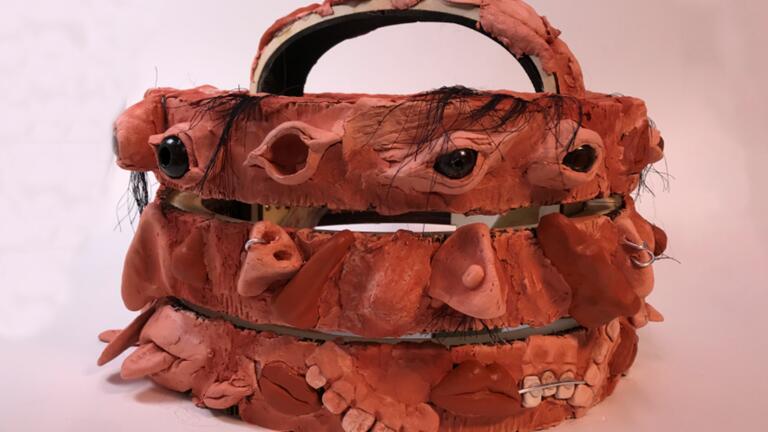IDeATe: Possibilistic Design
This project-based design seminar concentrates on how critical design theory and powerful storytelling might pave the way for a more responsible, equitable and exciting future.

“Who Nose” – Yu, Dhanesha, Zeloof, Scherlis
Design often favors probability. Rather than just problem solving, design should exploit curiosity, creativity and criticality. This project-based design seminar concentrates on how critical design theory and powerful storytelling might pave the way for a more responsible, equitable and exciting future. By investigating what speculative designers such as Anthony Dunne and Fiona Raby call the “possibilities of things,” we consider design as a tool to unearth how the world could be, or even how it could’ve been. Students research multimedia sensing to conceptualize alternative ways of observing, measuring and quantifying the spaces around us. We question why certain experiences make us feel a certain way, what role our senses play in perception, and how we can implement speculative design, conceptualism and counterfactualism to powerfully reframe an experience. Several short projects ask students to push the capacities of sight, touch, hearing, smell, taste and other interstitial senses. The final term project is to design, render and prototype a large-scale multisensory tool, wearable or site-specific installation that augments the ambience of a space or experience. While the course encourages students to engage with digital and physical fabrication, virtual interfacing, animation, electronic prototyping and basic programming, such tools are not required. Except for a few workshops that focus on such hard skills, class time is primarily reserved for precedent study, reading discussion and design critique.